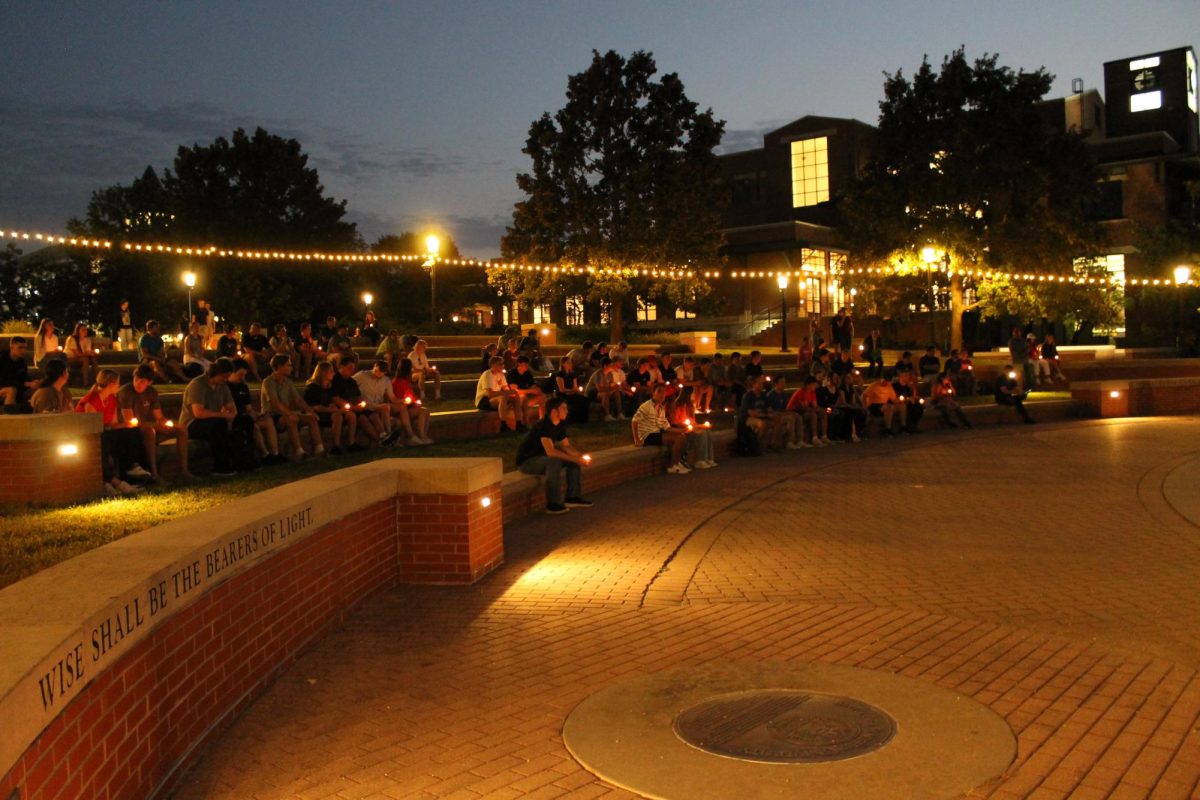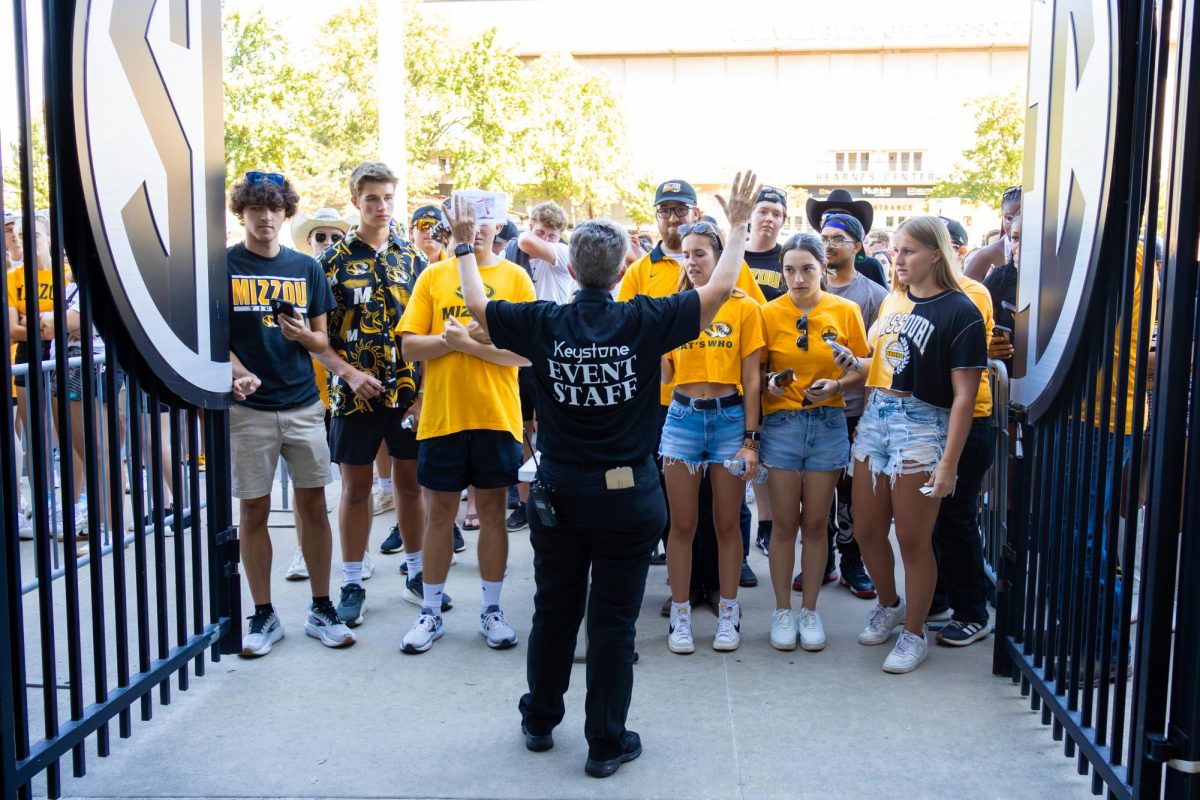After jury deliberation, James N. Woods, of Audrain County, was convicted of first-degree robbery, attempted second-degree robbery, two charges of first-degree elder abuse and two charges of first-degree burglary.
Since Woods was found guilty of three Class A felonies, he could receive life in prison. His sentencing is scheduled for March 4.
The jury delivered the verdict based on Wood’s statement to police during questioning, recorded conversations made from the Boone County Jail and because of the similarities between the victim’s accounts of the invasions.
Woods’ criminal history includes a 1988 conviction for second-degree burglary and stealing, along with a 25-year sentence for the rape of an elderly woman, first-degree burglary and second-degree robbery in Jackson County. Woods was released after serving 20 years.
Woods is listed under the Jackson County Sex Offender Registry. He was 19 years old at the time of his first assault, and he is 42 years old today.
In 2010, two years after he was released from prison, Woods pled guilty to possession of a controlled substance. His 10-year prison sentence at the (Missouri Department of Corrections) [https://www.courts.mo.gov/casenet/cases/charges.do] was cut short, as he was discharged after nine months and put on probation for both the charges of rape and possession. His probation extended through the November 2011 and January 2012 robberies of 99-year-old Ruby See and a 73-year-old woman from Granite Oak Court in southern Columbia.
Judith Clark, daughter of Ruby See, walked in on the home invasion. According to the Tribune, Clark testified to the jury that Woods made her give him jewelry and lie on a bed, though she was not sexually assaulted. Similarly, the invader at Granite Oak Court demanded jewelry and that the woman lie on a bed, but in this case the victim was told to pull her pants down.
Circuit Judge Kevin Crane only briefed the jurors of Woods’ history after the decision was made, so his earlier convictions were not influential in determining the recent case.
Although Woods typically invaded elderly persons’ homes, Greg Reed, president of the Columbia Neighborhood Watch, said that students should also be cautious.
“There are a lot of areas in the city where the criminal element knows that there is a high percentage of student population,” Reed said. “If I throw on a backpack and a hoodie and walk around, people are probably just going to think that I am another student, and I can try doors and see what is available, and probably get away with it.”
The Columbia Neighborhood Watch, a nonprofit organization independent of the city government, encourages residents to be aware, saying that awareness is a way to prevent home invasions.
Made up of approximately 4,000 volunteers, Neighborhood Watch board members and Columbia Police Department officer Melvin Buckner have been working to put a stop to crime in their neighborhoods.
As the organization has transitioned to being what Reed calls an “autonomous entity,” they have also found a new source of funding.
“We were funded up until last year, completely by donations,” Reed said. “Thanks to the city council and the very helpful assistance of councilman Gary Kesphol, we received a grant for $3,000, and that doubled our complete budget.”
The money went toward signs for neighborhoods that went through watch training, buying laptops to help facilitate the training meetings and for a DVD drive that can show a city-made film about the different things residents can do to be proactive and to make their neighborhood a safer place.
Board members are certified to train groups that are interested in forming a neighborhood watch. According to the Columbia Neighborhood website, with a group of at least ten people, and a venue where the members can project a presentation, they will “make every effort to have your ‘beat officer’ attend the training.”
In addition to the training, Watch Blocks, or units of homes who watch out for each other, make keeping an eye on suspicious activity easier. The Columbia Neighborhood Watch recommends that 15 to 20 houses come together as a unit, so they can quickly recognize which cars and people belong.
Reed said that residents “typically know what to look for, know what is suspicious behavior, and know what their job is,” after going through training. They know “not to do anything about it themselves, but to report that behavior to the proper authorities so that they can do what they need to do.”
Burglary prevention tips from the Columbia Neighborhood Watch include locking all doors and windows and always giving the appearance of being home.
The program hopes to prevent incidents like ones related to James Woods’ case by offering this form of protection.







